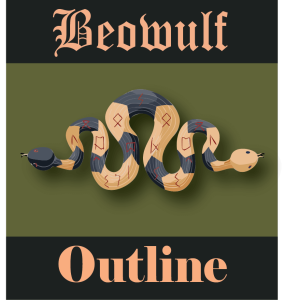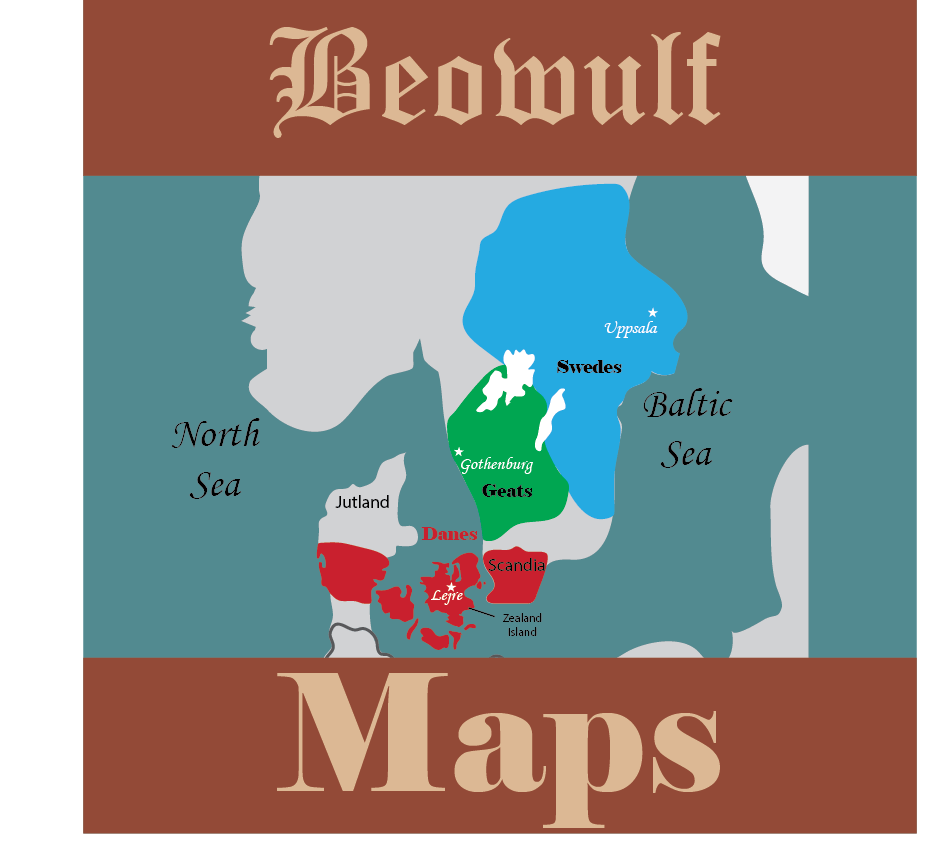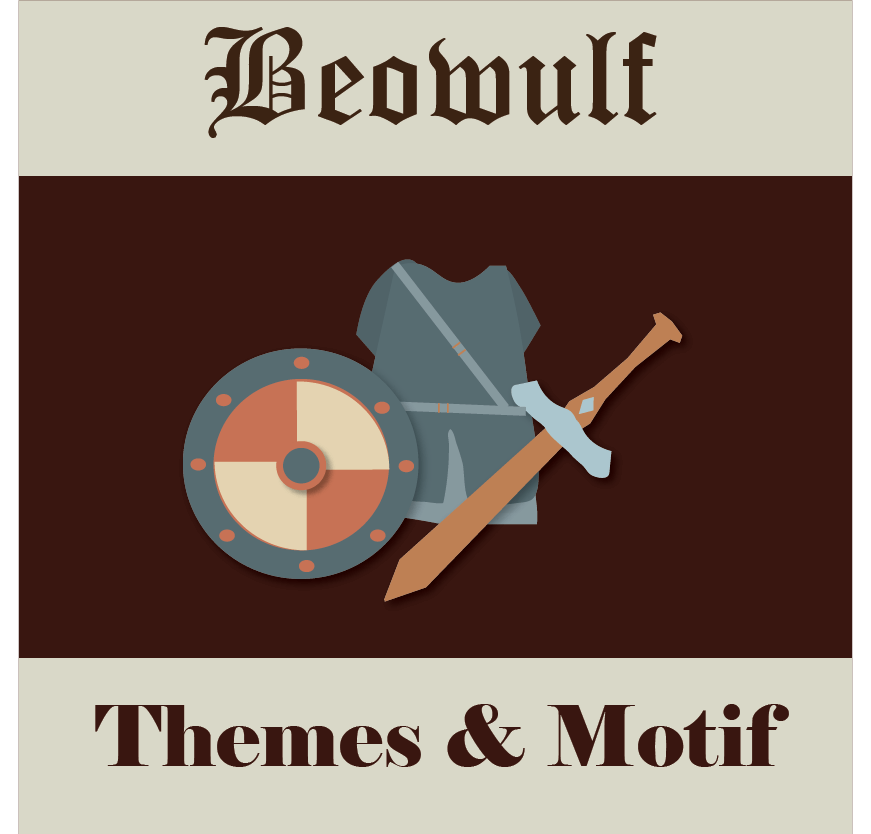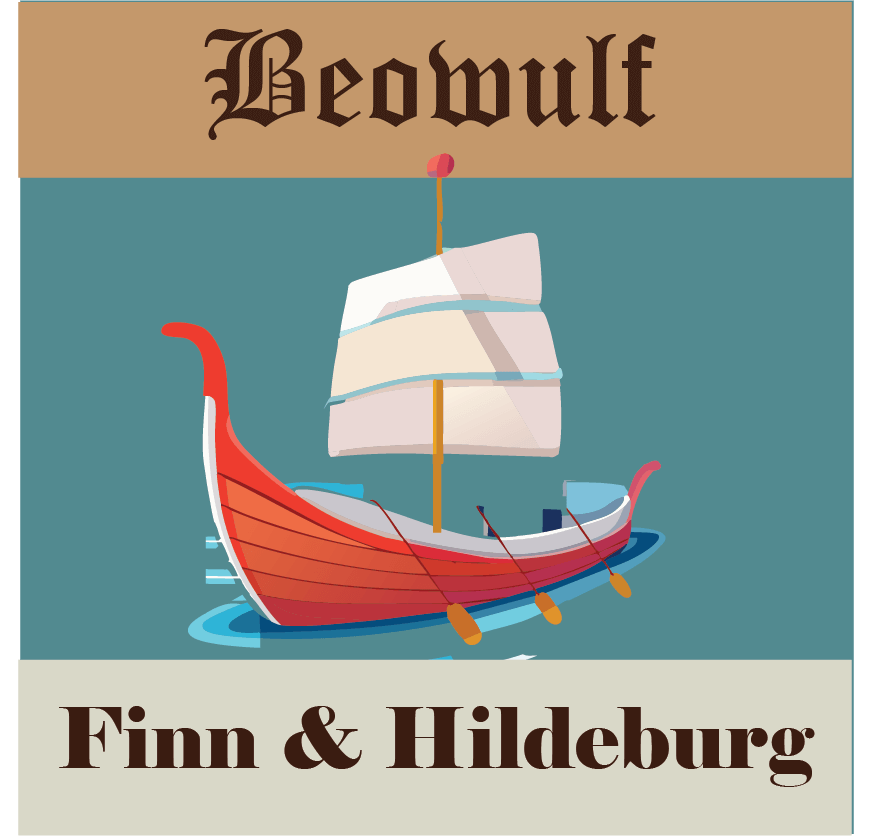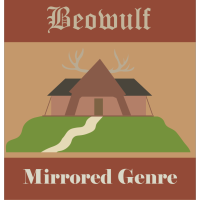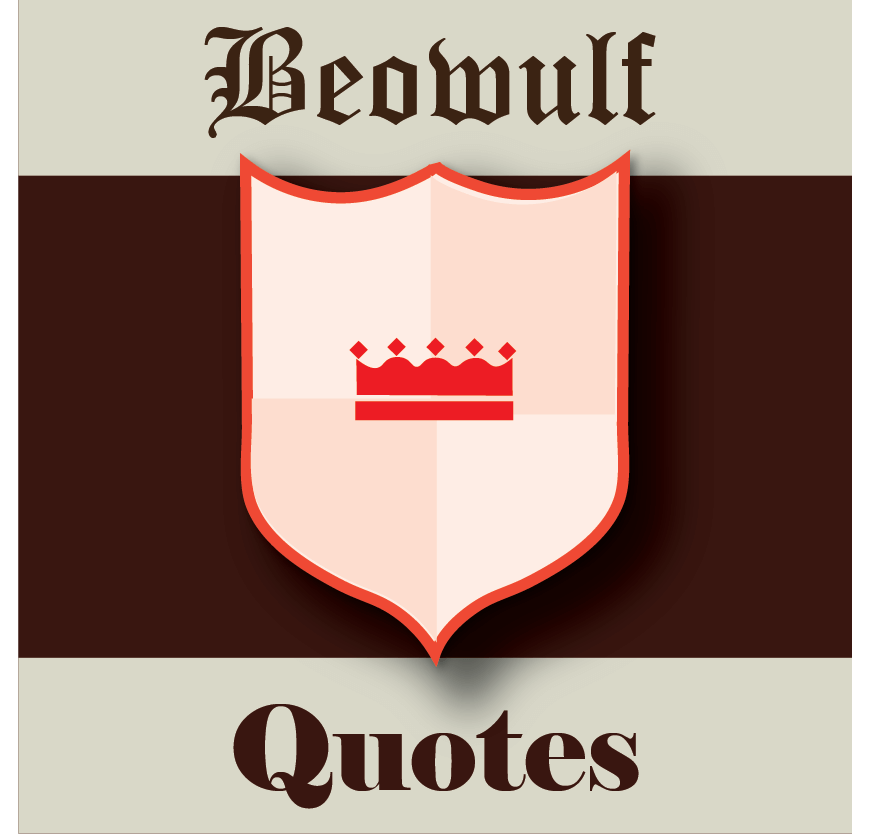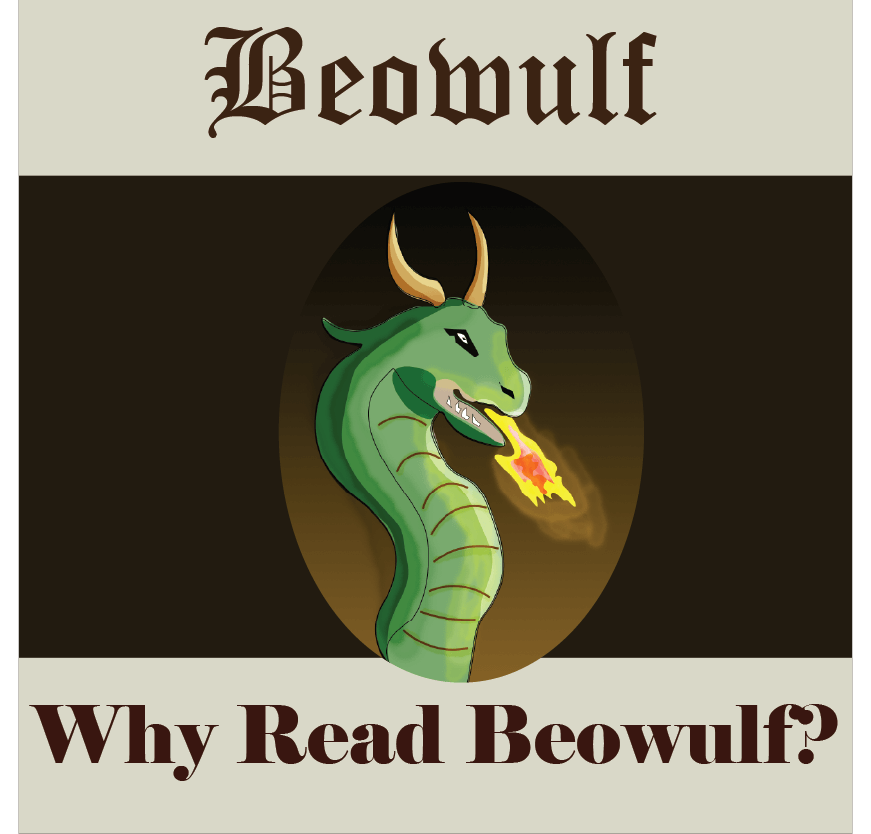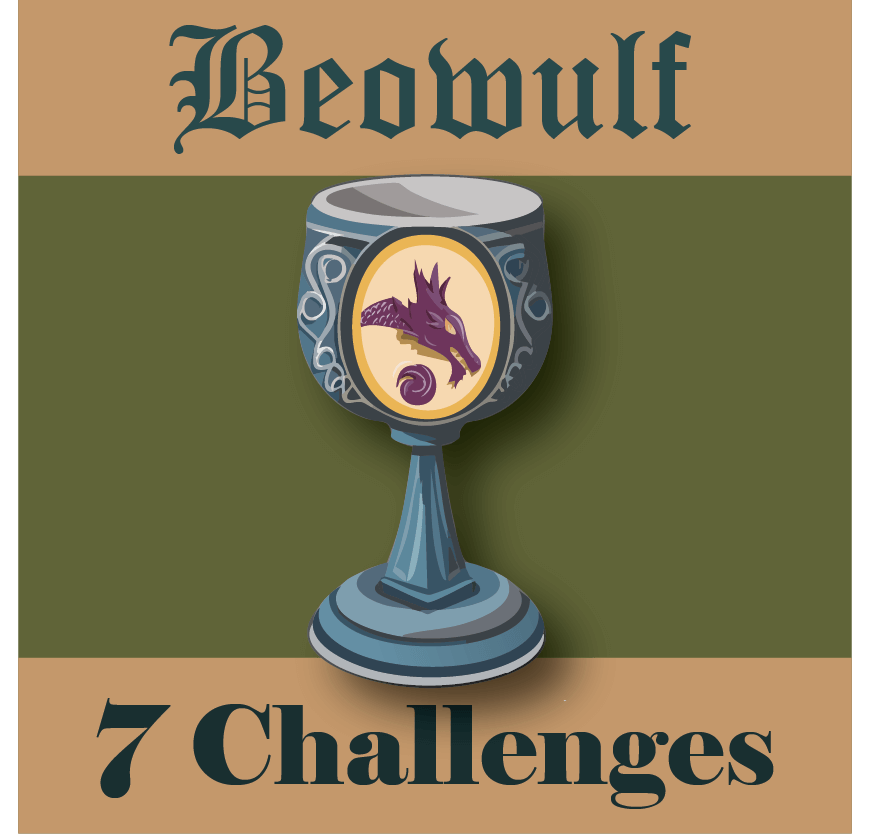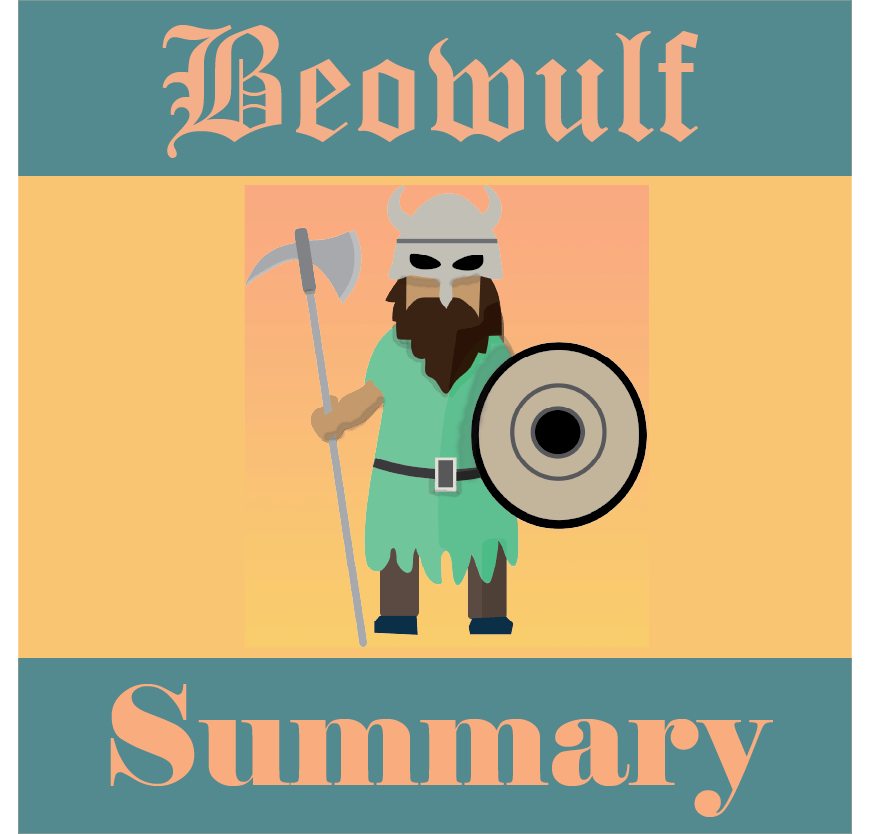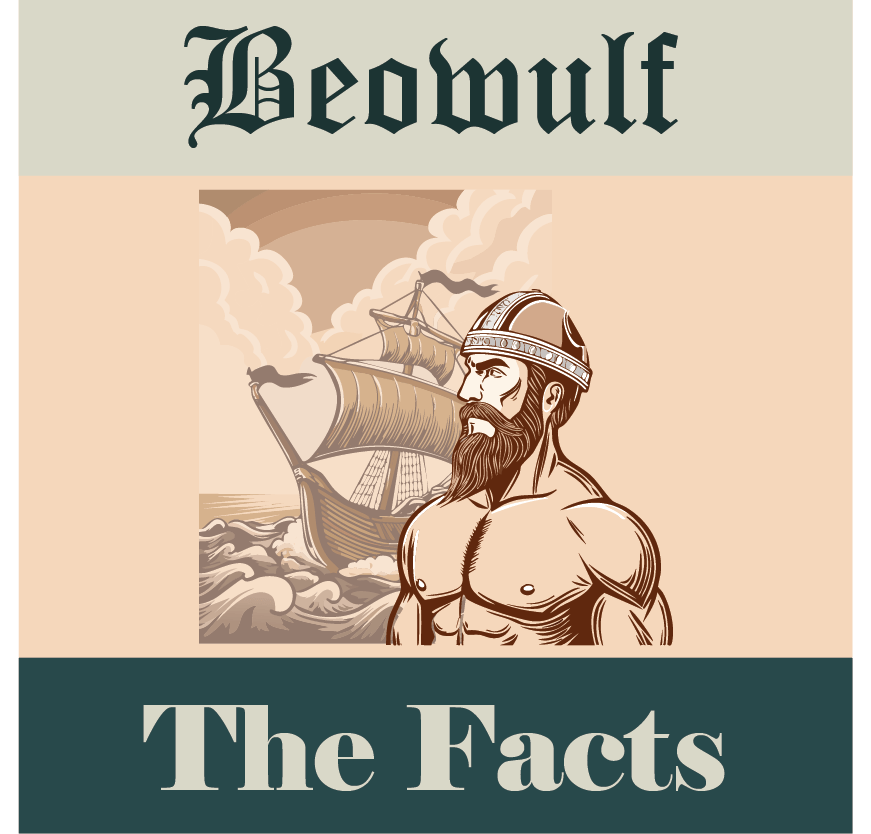
Beowulf Unit Study
Facing the Dragon
This Beowulf Unit Study offers an exciting and
comprehensive guide to this enigmatic tale.
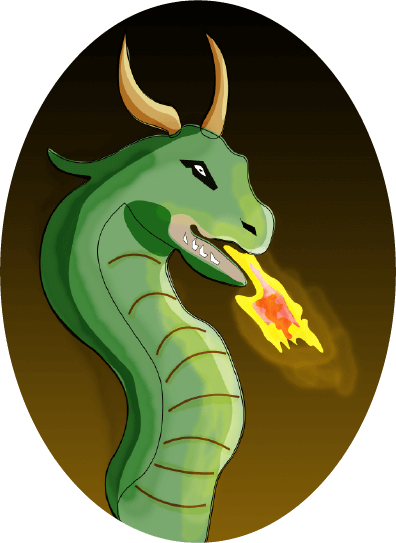
Beowulf: Faintly familiar but in a class of its own.
You will find our Beowulf Unit Study unlike others. It's numerous features help
reveal the hidden layers of mystery in an easy-to-use format.
Get the Beowulf Unit Study
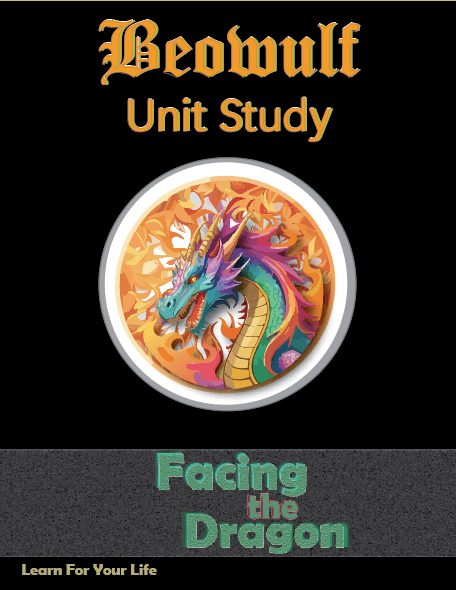
Available in Paperback OR Printable Download
253 pages (Includes Student Pages, Teacher Key, References, Maps, Charts and More!)
Print It Now

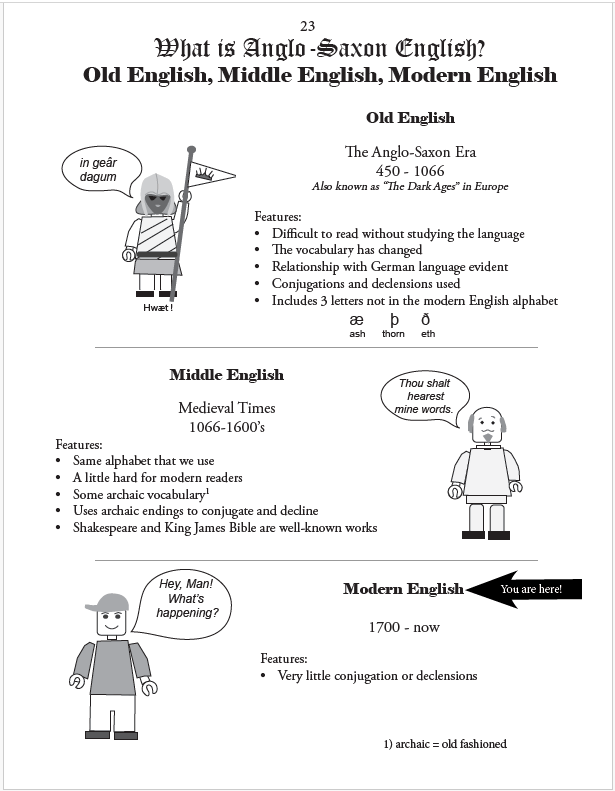
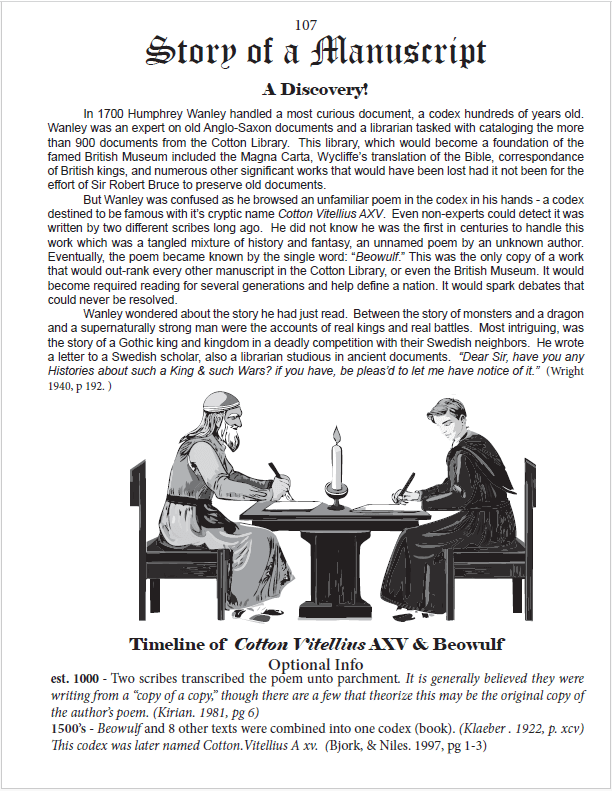
![]()
$5.99 Your link to print will last for five days.
Ready-in-a-minute lesson plans can be used with any translation.
Easy-to-read summary for each section.
Softcover Edition - Mailed to You
The same pages are in the softcover book and the printable file. Keep your papers bound together and use this book for years to come. It will be your go-to-guide for all things Beowulf!
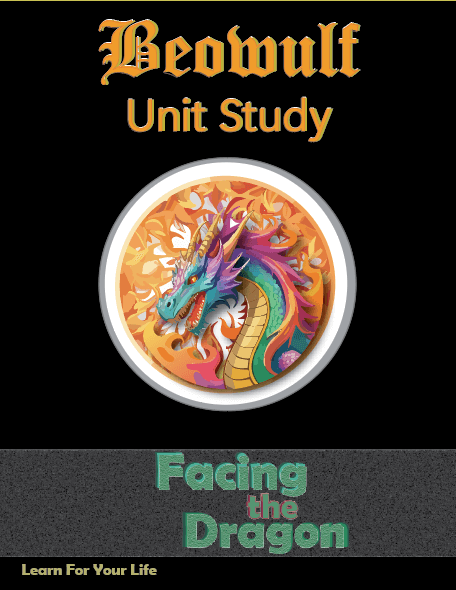
![]()
17.95 Soft Cover Manual
283 pages
Mailed to You
What is included in this unit study?
- Gray Summary Box: *Favorite Feature* - For every section we give a short summary. Regardless of the translation used, readers can follow the plot easily.
- Comprehensive questions (with hints) - This unit teaches, instead of quizzes.
- Charts, graphs, maps, galore - You will be able to keep up with all those royal families vying with each other (and themselves.)
- History of the Teutonic tribes and Anglo-Saxon England - Make sure you can differentiate between them!
- Easy primer on Old English - It's extra, but it's fun. Learn three letters that have been dropped in our alphabet, and try writing our letters the way the Anglo-Saxons did.
- Time-line of the manuscript - The story and the story-of-the-story become intertwined.
- The Provenance - Where, exactly, did this tale come from? Analyze the on-going debate.
Follow the Three Threads in Beowulf
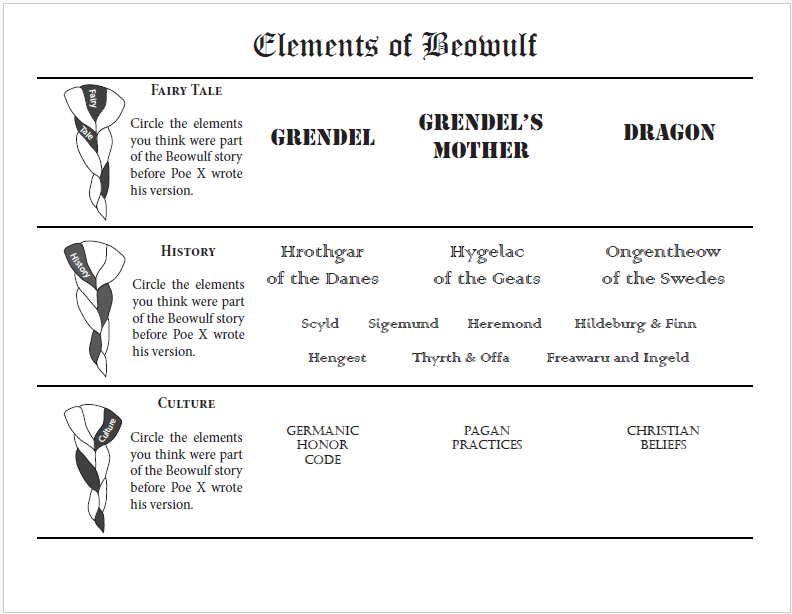
Beowulf - Folktale Hero

History of the Geats, Swedes, Danes (and other Tribes)
There's a lot of confusing battles and royal history wrapping itself around Beowulf's exploits. Our activities will keep students on top of the action.Culture and Change
It was a time of dramatic cultural shifts: paganism and the new-found Christian faith, the comitatus, the mead hall, the constant wars. Students compare changing value systems as the Teutonic Tribes entered the Anglo-Saxon era.Literary & Poetic Analysis of Beowulf

- The second half-line begins the sentences.
- Poetry used alliteration rather than rhyme.
- Kennings are word-pictures that are sprinkled everywhere.
- Numerous literary styles enhance the plot.
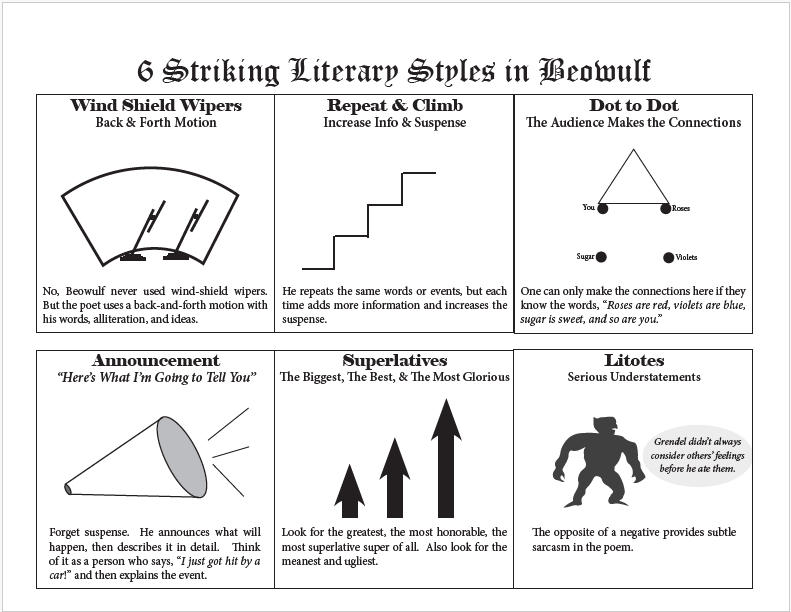
Trace Anglo-Saxon History
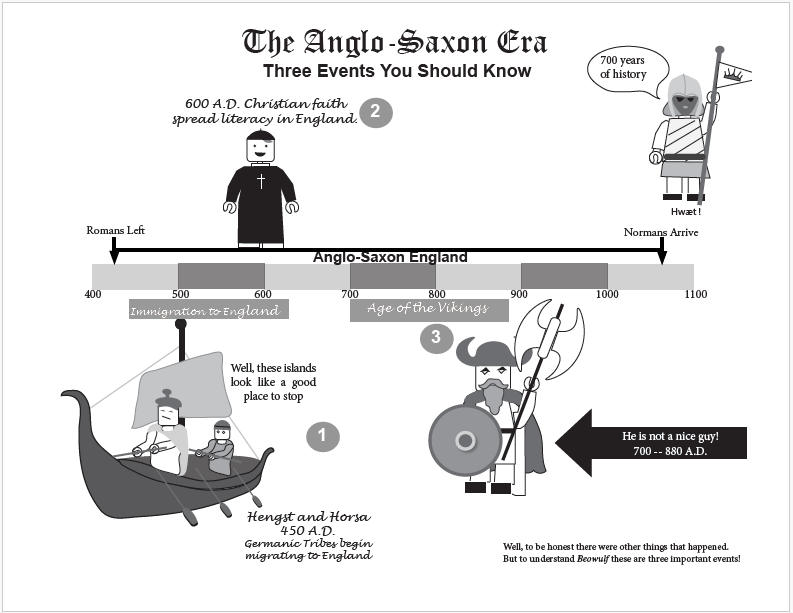
Recognize Old English Words and Letters
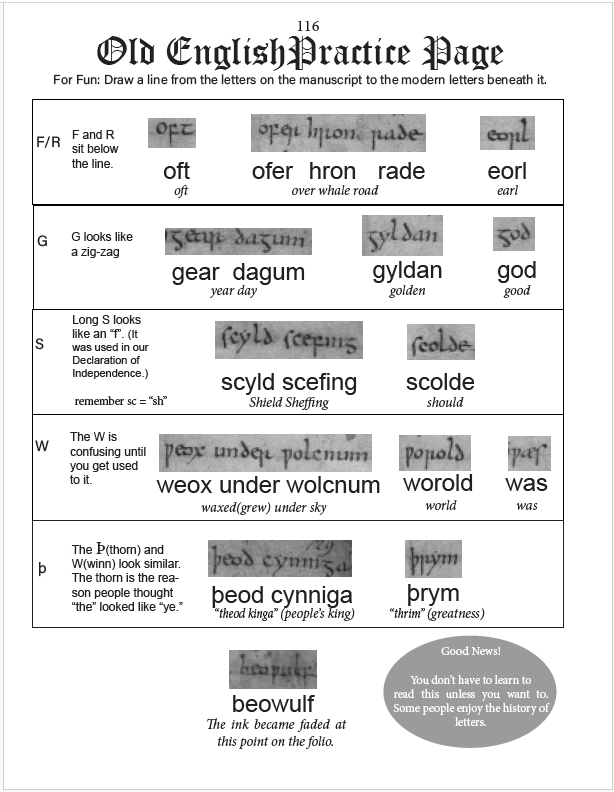
Learn the three letters that have disappeared from our language (because they still crop up now and then.)
Assess the Significance of the Only Surviving Manuscript
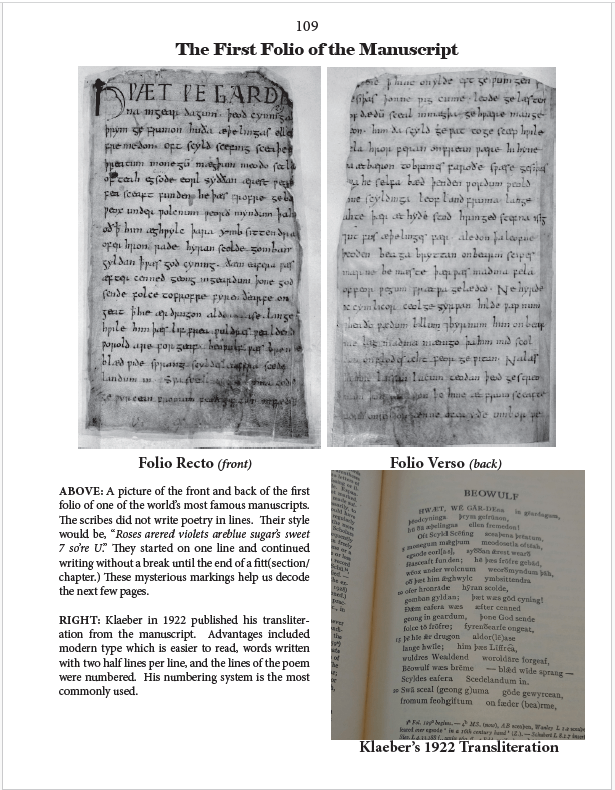
Evaluate Theories About Beowulf
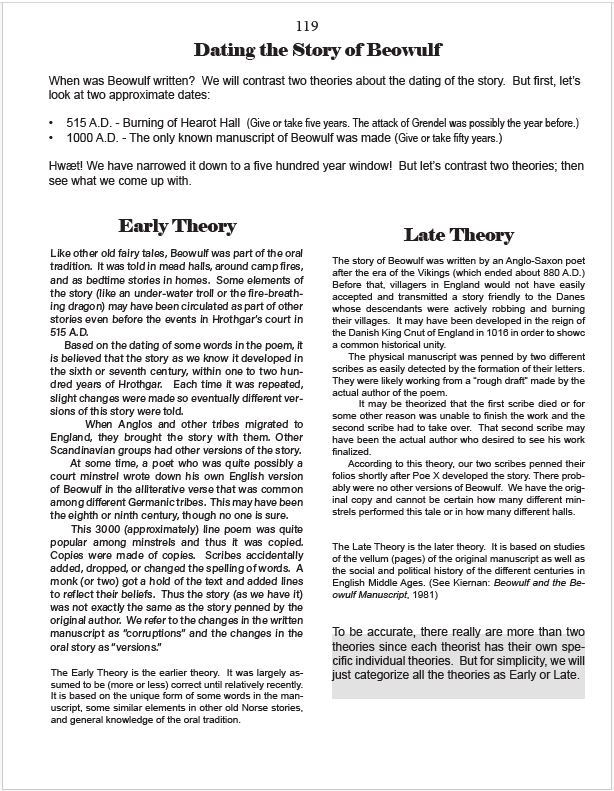
Locate sources to further one’s skill in reading Beowulf & Anglo-Saxon poetry
Those who get bit by the Beowulf-bug are ready to join his fan club. New theories and old artifacts continue to emerge. Which students will make ancient manuscripts and archaeology a lifelong hobby (or even a careeer?)Swedes vs the Geats
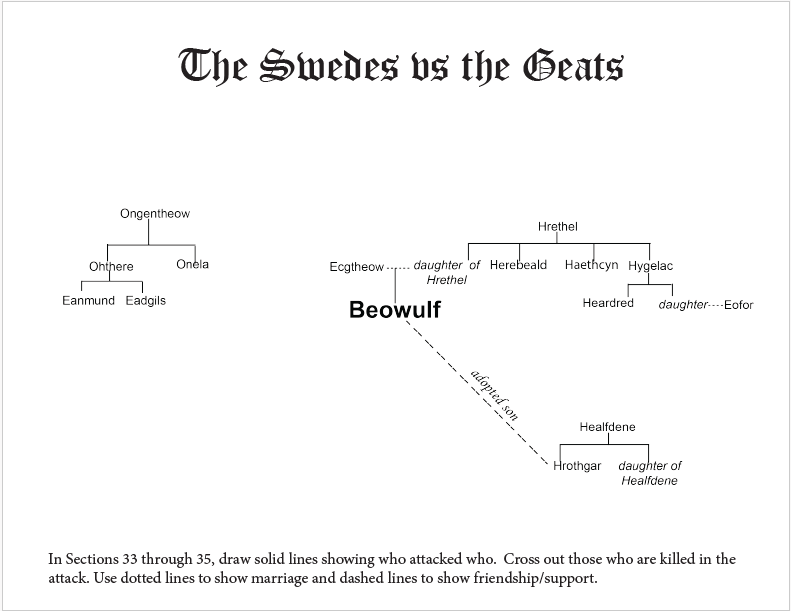
Using narrative charts, Beowulf's relationship with the three kingdoms is revealed. He was descended from both royal families and the product of a peace-keeping marriage himself.
Themes in Beowulf
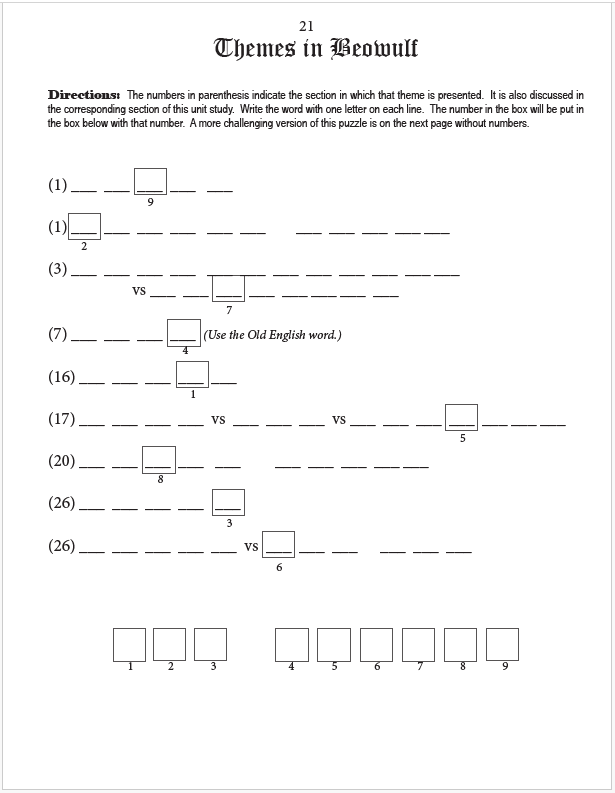
Keeping Up With the Numerous Narratives
Digressions vs Essential History
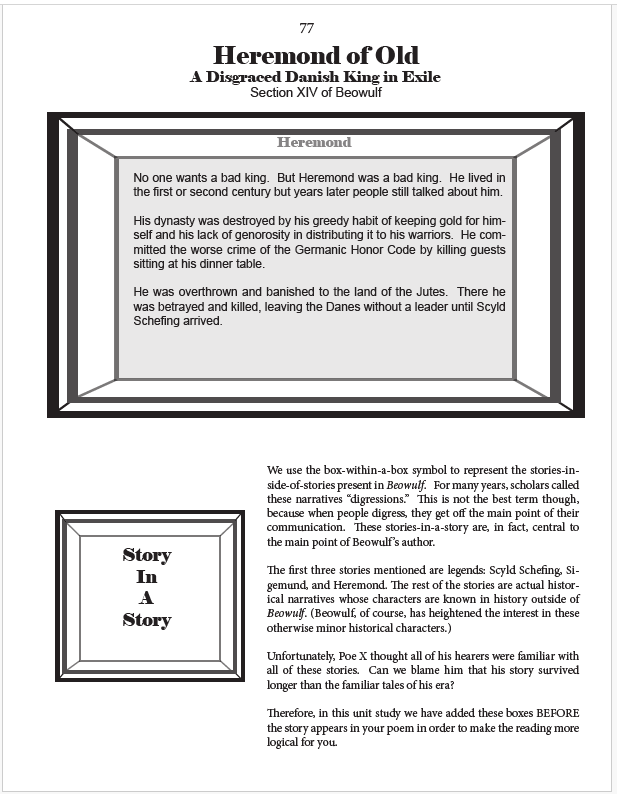

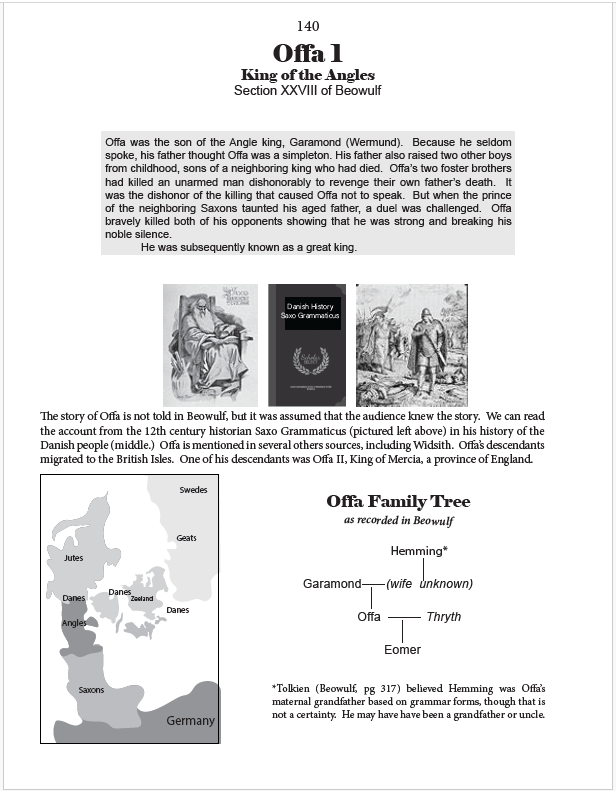
Meaning of Beowulf's Name
Beowulf, The Bear Man
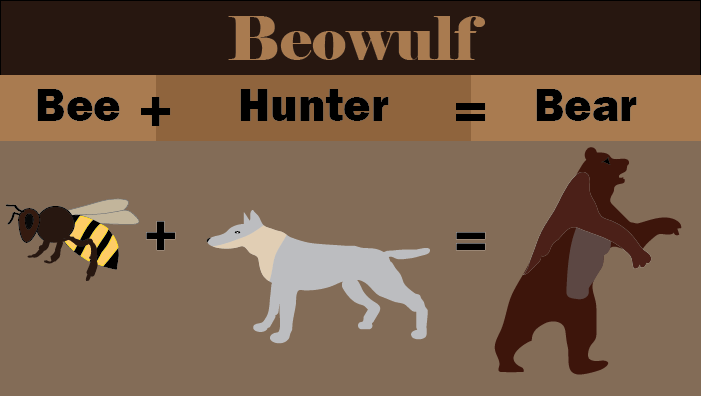
Beowulf comes from the two old Saxon words "beo" or "bee" and "wulf" which is "hunter." The word literally means "bee hunter."
And one can readily see how a bear is a bee-hunter. A child need only think of their toddler friend, Pooh Bear, to recognize the literary connection. Of course the hero in this story, the Beowulf of old, is much stronger and tougher than the cuddly character of 100 Acre Woods.
Challenges of Reading Beowulf
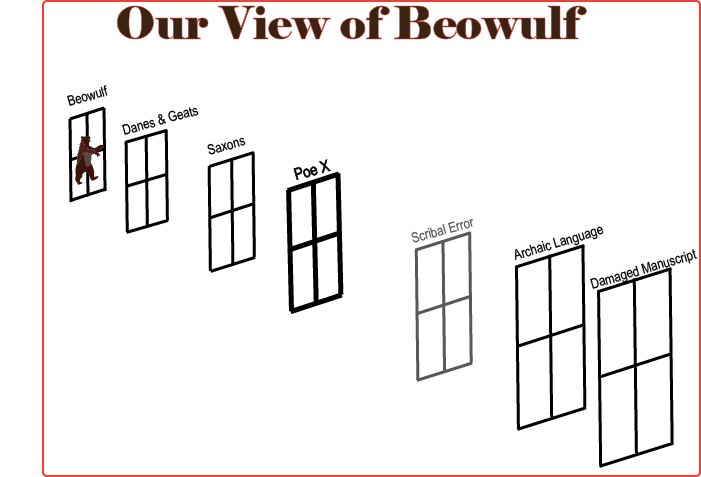
An ancient tale, a distant culture, a changing language, and a damaged manuscript are some of the challenges of reading Beowulf.
Beowulf: 3 Parts of the Tale from 3 Different Eras
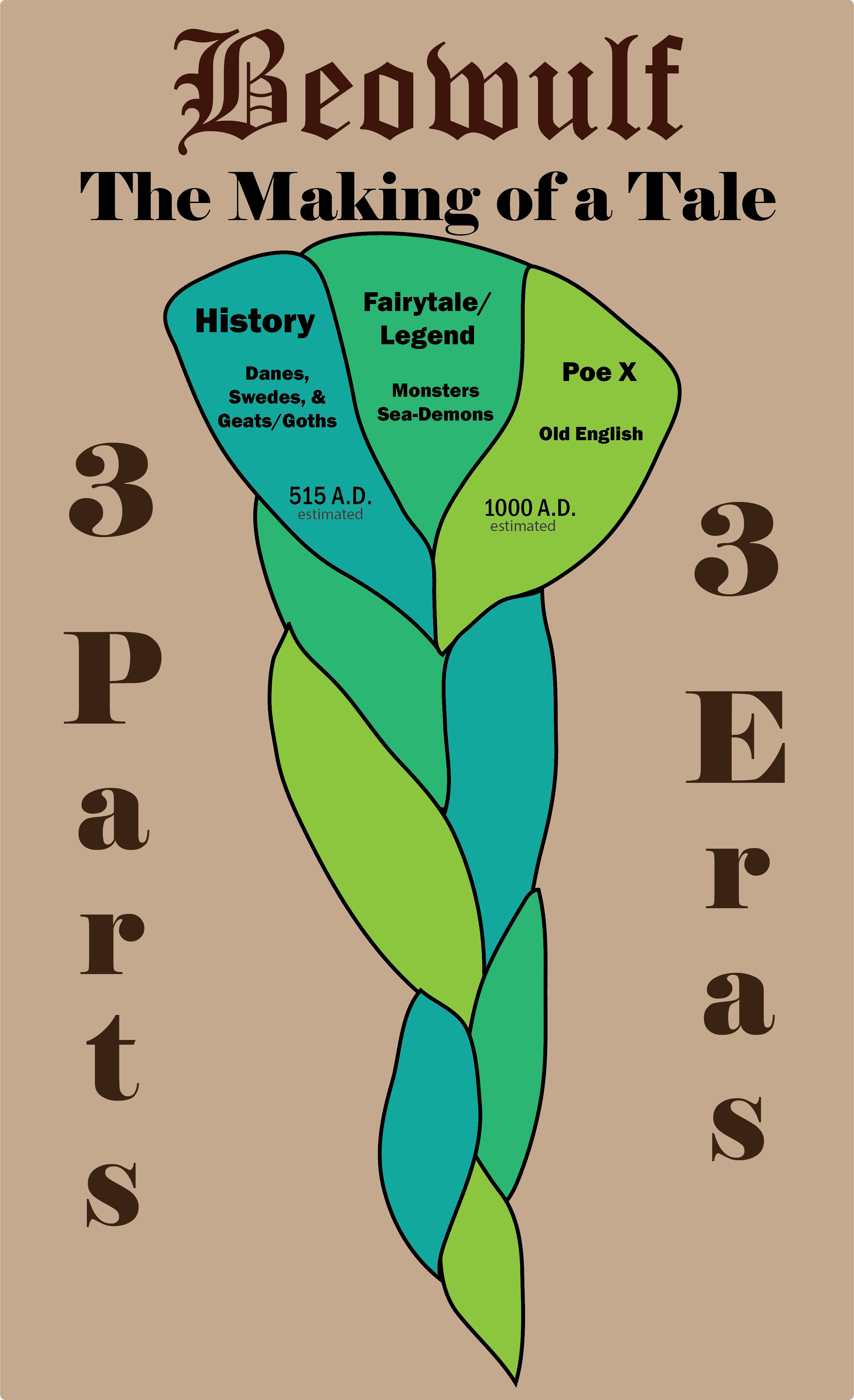
Maps of Beowulf
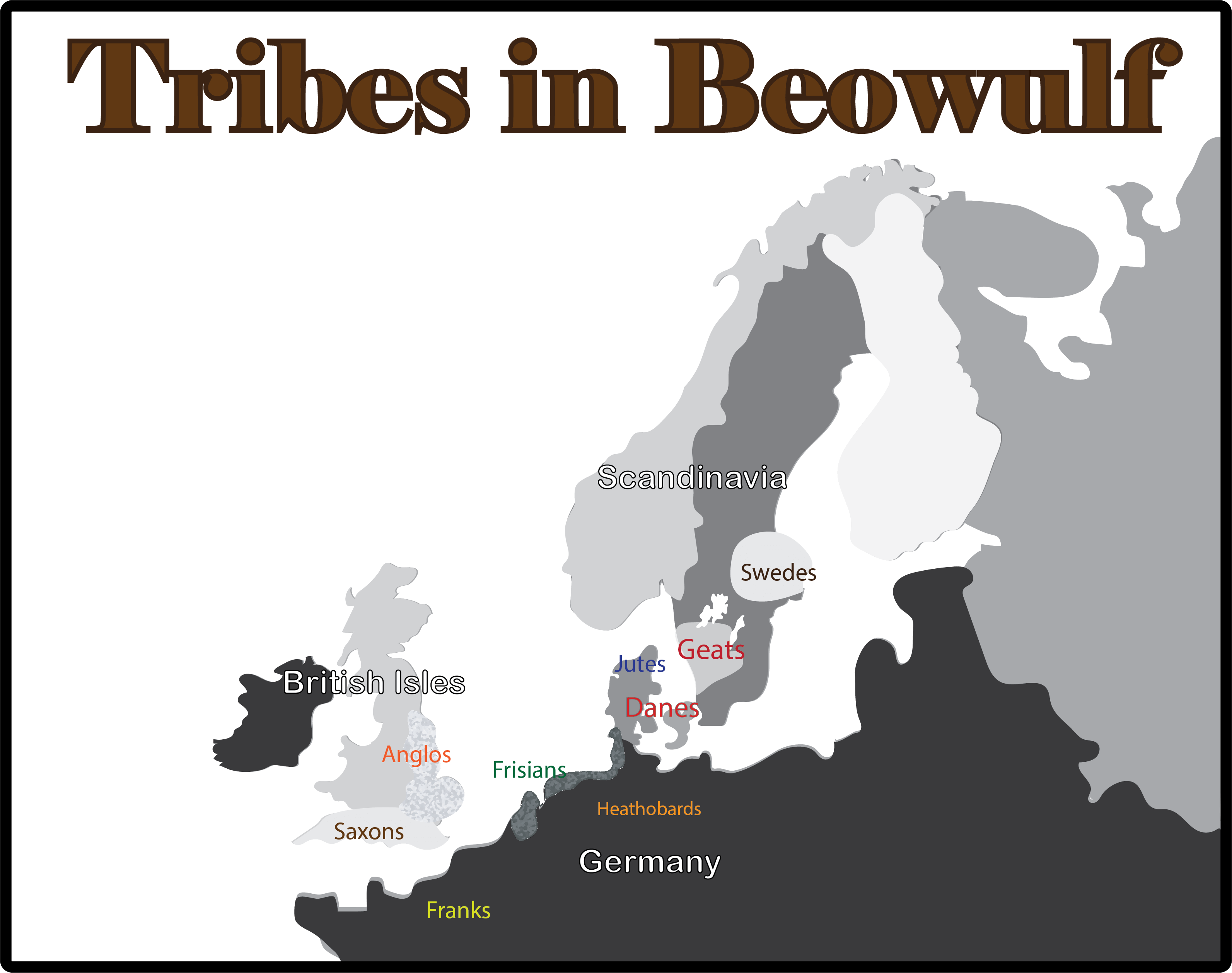
Beowulf Character List

While I don't necessarily recommend Beowulf for a list of modern baby names, you will find our Genealogy and Dynasty Chart helpful for reading the book.
Especially when they start marrying and then attacking each other. Thankfully, the modern royal families don't act like that. (Well....anyway...)
Our Beowulf Unit Study
How To Use It
- The unit is divided into 12 lessons which can be done in two to three weeks.
- Each lesson is comprised of two to four sections (or fitts) - which are the sections indicated on the original manuscript.
- Each section starts with a brief summary in a gray box (see below) of the action in the text. This is valuable for undertanding the story, regardless of the translation used.
- Following the gray summary box, there are a variety of student activities to explore the content. This includes:
- Background historical information
- Relevant archaelogical finds
- Literary analysis
- Discussion questions
- History of the cryptic manuscript
- Old English tips
- and much more.
- The pages are filled with maps, charts, and quotes to add interrest. See the many features and objectives below.
- Teacher Key is included in the back and includes unit objectives, answer keys, suggested hands-on projects, list of popular translations and their strengths/weaknesses.
- Extensive annotated bibliography.
Get the Beowulf Unit Study
Unlock the action plot, history, and debates of the ancient tale.

Available in Paperback OR Printable Download
253 pages (Includes Student Pages, Teacher Key, References, Maps, Charts and More!)
Print It Now



![]()
$5.99 Your link to print will last for five days.
Ready-in-a-minute lesson plans can be used with any translation.
Easy-to-read summary for each section.
Softcover Edition - Mailed to You
The same pages are in the softcover book and the printable file. Keep your papers bound together and use this book for years to come. It will be your go-to-guide for all things Beowulf!

![]()
17.95 Soft Cover Manual
Mailed to You
Beowulf Pages
Check here for all things Beowulf.

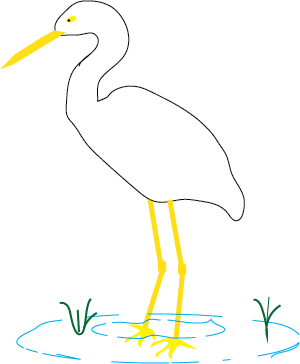
About Our Site
Hands-On Learning



